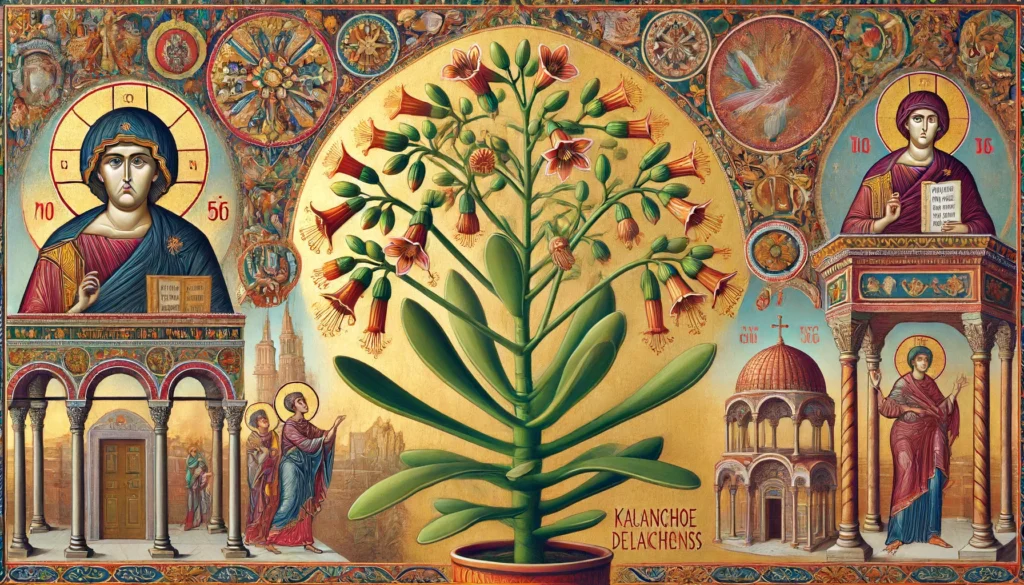

Home » Cat Plants » Chandelier Plant: A Guide to Cat Safety

The Chandelier Plant (Kalanchoe delagoensis), also known as Mother of Millions, is a highly toxic plant to cats. This succulent houseplant contains bufadienolide cardiac glycosides which can cause serious illness in felines if ingested.
Ingestion may cause mild gastrointestinal upset, but is generally not life-threatening.
Ingestion can result in mild symptoms like vomiting, diarrhea, or drooling. Rarely fatal but may require veterinary care.
Eating these plants can lead to more pronounced symptoms like abdominal pain, lethargy, or difficulty breathing. Veterinary intervention may be necessary.
Ingesting even small amounts can cause severe symptoms like organ damage, seizures, or cardiac failure without rapid treatment.
All parts of these plants are extremely poisonous to cats and can quickly lead to death, even with immediate veterinary care.
** Please note: Please note that toxicity level can vary based on the amount ingested and the specific cat. It's always best to keep these plants completely inaccessible to cats and seek immediate veterinary care or call the poison hotline if you suspect your cat has ingested any part of a toxic plant.
If a cat ingests any part of a Chandelier Plant, they may experience:
in severe cases, paralysis or even death.
Symptoms typically appear within a few hours of ingestion. Seek immediate veterinary care if you suspect your cat has eaten this plant.
Your veterinarian will likely diagnose Chandelier Plant toxicity based on:
Blood work, urinalysis, and an ECG may be performed to assess organ function and check for heart arrhythmias. Treatment involves supportive care with IV fluids, anti-nausea medication, and close monitoring.

A: Yes, cats can be allergic to Chandelier Plant. Symptoms of an allergic reaction may include itching, sneezing, and skin irritation.
A: Yes, Chandelier Plant, also known as Kalanchoe, is toxic to cats. Ingesting any part of this plant can cause symptoms such as vomiting, diarrhea, and drooling.
A: Symptoms of Chandelier Plant poisoning in cats include vomiting, diarrhea, excessive drooling, and abdominal pain. In severe cases, it can cause heart arrhythmias. Immediate veterinary care is recommended if ingestion is suspected.
A: To prevent contact, ensure that Chandelier Plant is not present in your home or garden. Keep your cat indoors or monitor outdoor activities closely to avoid exposure.
A: If your cat ingests Chandelier Plant, contact your veterinarian immediately. Do not induce vomiting unless instructed by a veterinary professional. Immediate medical attention is necessary.
A: Yes, Chandelier Plant is commonly found in homes and gardens as an ornamental plant. It is important to ensure this plant is kept out of reach of cats to prevent accidental ingestion.
Kalanchoe delagoensis is native to Madagascar. It was first described in 1857 by French botanist Joseph Dalton Hooker. The plant has since become a popular ornamental succulent, but is considered an invasive weed in many tropical and subtropical regions worldwide due to its prolific production of plantlets along leaf margins.
Please note: The information shared in this post is for informational purposes only and should not be considered as veterinary medical advice.
🐾 A hilarious or heart-melting cat video
🐾 Our latest paws-on review of a cool cat toy